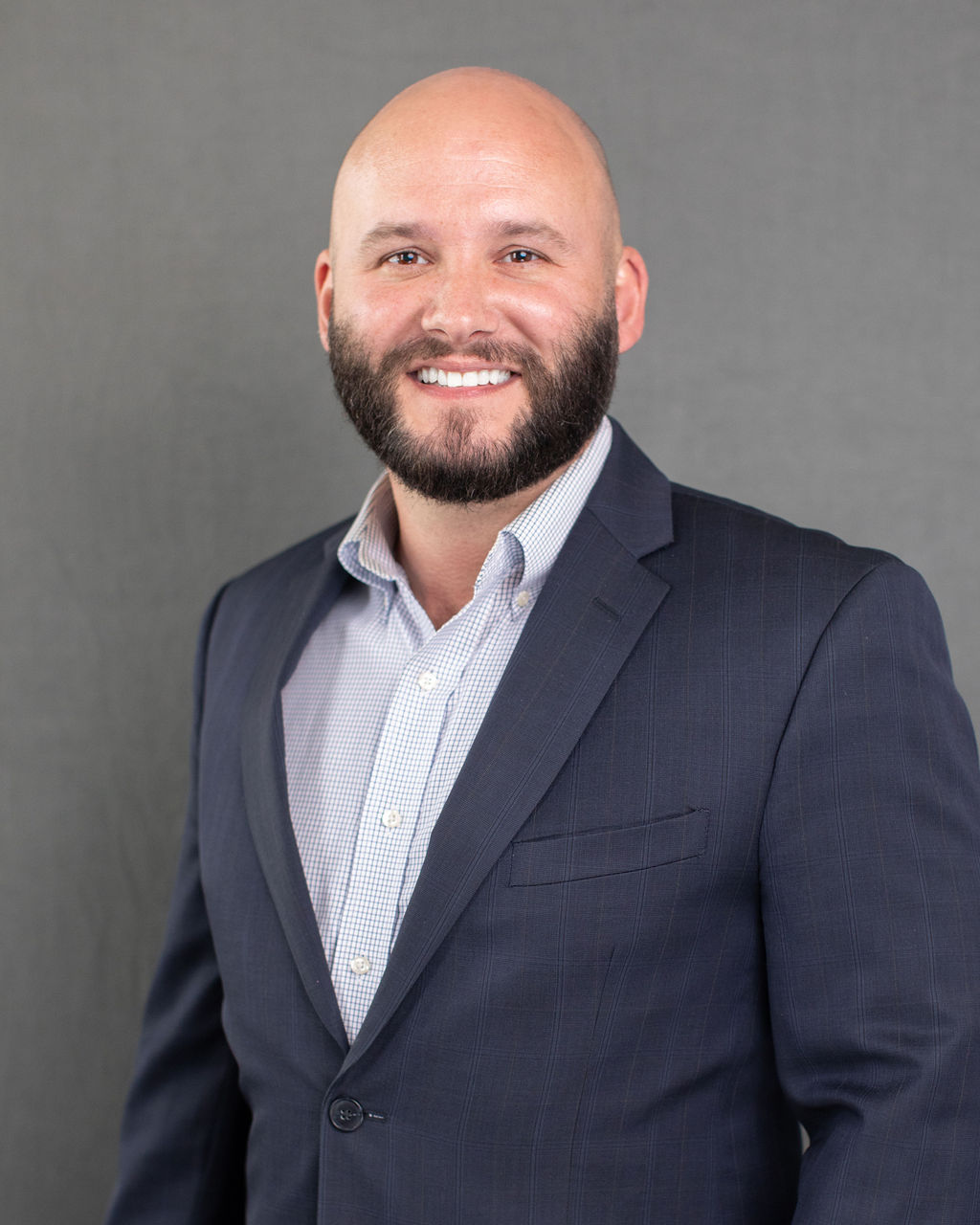Americans are living longer than ever before, resulting in lengthy retirements. But if you assume most people are saving more in order to prepare for their long-term needs, you’d be mistaken.
Here are some of the more startling truths about retirement in the United States.
1. It could last longer than you may think.
The average American will retire at age 66 and live until nearly 79. But for a lot of us, retirement will last a lot longer than 13 years. That’s because the number of individuals who die relatively young skew the numbers.
Consider this: A 65-year-old woman has a 50% chance of making it to age 85 and a 65-year-old man has a 50% chance of reaching age 82. That’s why younger workers need to plan for two decades or more of income in retirement. And for current retirees, an ultra-conservative portfolio comprised solely of bonds may not provide enough growth, especially with interest rates near historic lows.
2. Social Security falls short.
A lot of financial advisors recommend replacing 80% of your usual income once you hit retirement. Most of the time, however, Social Security payments alone won’t be nearly enough to hit that target.
Currently, the average monthly benefit is $1,238, which comes out to $14,857 per year. That’s why it’s so important to start saving while you’re young, using tax-advantaged vehicles like an IRA or workplace 401(k).
3. Americans are way behind on savings.
As the American workplace turns away from pension plans, the onus is increasingly on workers to secure their retirement funds. But the fact is, relatively few succeed. A recent analysis by the Economic Policy Institute, using data from 2013, showed that a typical couple in the 56-61 age bracket had just $17,000 set aside. For many of us, that’s not enough to live off for a year, let alone a whole retirement.
4. Only half of us have a retirement plan.
It used to be the case that you could spend most of your career at one company and count on a pension once you reached retirement. But today, the number of Americans with a lifetime source of income from their employer is down to 21%, according to research from the Economic Policy Institute.
Unfortunately, many of us aren’t replacing those pensions with a defined-contribution plan like a 401(k). Only 43% of us – including some who also have a pension – make use of such plans in order to prepare for our long-term needs. The end result: Nearly half of the population has no workplace savings vehicle of any kind.
5. Many of us are staying in the workforce.
Given the fact that so many Americans are behind in their savings, perhaps it’s not surprising that many remain in the workforce well after reaching Social Security eligibility. Roughly 14% of 70-year-olds are still working full-time, according to the National Institute on Aging, and another 14% are at work part-time. The percentage of part-time workers holds steady among 75-year-olds, although the share working in a full-time role drops to 6.5%.
6. Medicare won’t cover assisted living.
Government data reveal that nearly 70% of individuals who reach age 65 will need long-term care at some point. And with the median cost of an assisted living facility exceeding $3,600 a month – it’s more than twice that for a private room in a nursing home – the bills can add up quickly.
What many seniors don’t realize is that Medicare doesn’t pay for most long-term care costs. It only covers 100 days of care at a skilled nursing facility, and only if it was preceded by a hospital stay of three days or more. If you’re not sitting on a sizable nest egg, that’s a good reason to start thinking about long-term care insurance in your late 50s or early 60s.
The Bottom Line
The slow erosion of pension plans means Americans should be turning to defined-contribution plans in order to prepare for retirement. But as the data show, that’s all too often not the case.
Michael Canet is a Registered Representative with TCM Securities, Inc. and can offer securities through TCM Securities, Inc., Member FINRA/SIPC.























